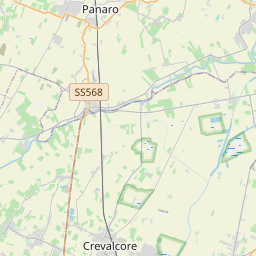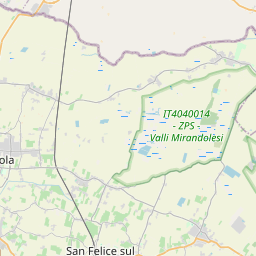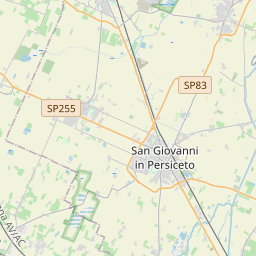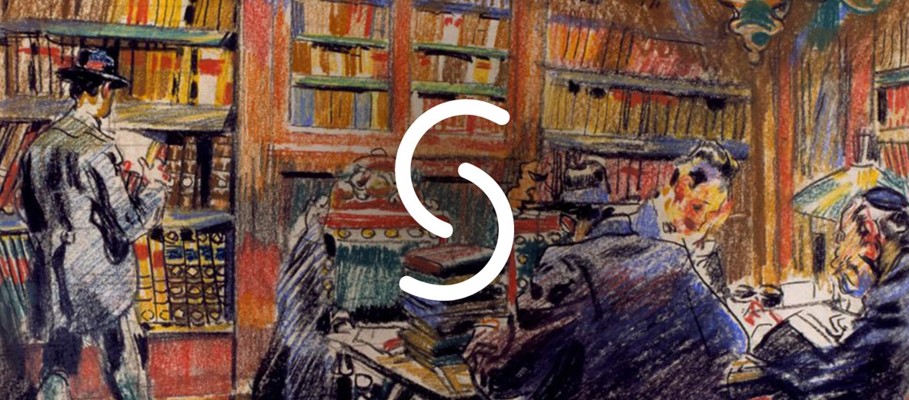Notai camerali
Item
Country
IT
Name of institution (English)
State Archives of Modena
Name of institution (official language of the state)
Language of name of institution
ita
Contact information: postal address
Corso Cavour 21, 41121 Modena
Contact information: phone number
0039 059230549
Contact information: web address
Contact information: email
as-mo@beniculturali.it
Reference number
Notai camerali
Type of reference number
Archival reference number
Title (English)
Chamber notaries
Title (official language of the state)
Notai camerali
Language of title
ita
Creator / accumulator
Notai camerali
Date(s)
1294/1805
Language(s)
ita
lat
Extent
185 folders and 124 files
Type of material
Textual Material
Physical condition
Satisfactory
Scope and content
The Notai camerali fonds comprises the acts and deeds recorded by the notaries of the Camera marchionale estense, later Camera ducale estense. According to the functions of the Camera, this fonds contains essentially documentation of economic and financial nature. It is divided into three series: Protocolli dei notai ferraresi e modenesi della camera (Protocols of Ferrara and Modena's notaries of the Chamber, which includes some parchments); Rogiti camerali sciolti (Loose deeds of the Chamber, ordered by notary); and Miscellanea di rogiti camerali diversi (Miscellany of dispersed deeds of the Chamber, organised in various subseries without an explicit order).
There are some documents regarding Portuguese Jews and conversos settled in the Estense territories scattered throughout this fonds. Some examples are the following:
reg. 73: annotations regarding the constitution of a commercial company between Ercole II and the Portuguese merchant Estêvão Pires. March 22, 1541. Leoni, 2011.
reg. 62, fol. 181: Brianda de Luna requests the protection and support of Ercole II in the case of the inheritance of her husband and promises to reward him. May 21, 1550.
reg. 50, fol. 122: The Duke of Ferrara discharges the Portuguese of the obligation of carrying the Jews' distinctive sign. May 8, 1570. Published in Leoni (1998).
There are some documents regarding Portuguese Jews and conversos settled in the Estense territories scattered throughout this fonds. Some examples are the following:
reg. 73: annotations regarding the constitution of a commercial company between Ercole II and the Portuguese merchant Estêvão Pires. March 22, 1541. Leoni, 2011.
reg. 62, fol. 181: Brianda de Luna requests the protection and support of Ercole II in the case of the inheritance of her husband and promises to reward him. May 21, 1550.
reg. 50, fol. 122: The Duke of Ferrara discharges the Portuguese of the obligation of carrying the Jews' distinctive sign. May 8, 1570. Published in Leoni (1998).
Archival history
The Notai camerali fonds is part of the Archivio camerale, one of the two distinct archives — the other was the Archivio segreto estense — that have always existed with the Este family. They were kept together in the Palazzo Ducale at least since the late 18th century. After the Italian unification, around 1862, both were transferred to the Archivio generale di deposito in Corso Cavour, which became the seat of the government archives, thus renamed Archivio governativo. This transfer marked the birth of the current Archivio di Stato di Modena, which was only so named after 1874.
Administrative / Biographical history
The "notai camerali" were officers of the Camera marchionale estense, later Camera ducale estense. The Camera is considered the oldest body in which the organisation of the Estense state took place. It was responsible for the administration of the income and expenses of every kind pertaining or related to the sovereign or the ruling family, and even individual members of the Este family. At least until the second half of the 18th century, the "fattori general" (general factors) headed the Camera. There was usually two "fattori", who served as proxies of the prince in economic and financial matters. They collegially constituted the Tribunale fattorale, and were assisted by other officers, including one or more "notai camerali" (Chamber notaries), who were responsible for drafting the deeds.
During the 18th century, the structure and functioning of the Camera suffered profound changes, particularly in matters of tax collection. In this framework of institutional renewal, the old system of general "fattori# and, therefore, the Camera government evolved to the Azienda camerale (Chamber treasury), a new structure with a president and councillors. In 1768, the Consiglio di economia (Council of Economics) was created, heading all offices and magistrates with economic and financial responsibilities.
During the 18th century, the structure and functioning of the Camera suffered profound changes, particularly in matters of tax collection. In this framework of institutional renewal, the old system of general "fattori# and, therefore, the Camera government evolved to the Azienda camerale (Chamber treasury), a new structure with a president and councillors. In 1768, the Consiglio di economia (Council of Economics) was created, heading all offices and magistrates with economic and financial responsibilities.
Access points: locations
Access points: persons, families
Access points: subject terms
Access points: document types
System of arrangement
The first two series (Protocolli dei notai ferraresi e modenesi della camera and Rogiti camerali sciolti) are arranged by notary name, alphabetically ordered. The Miscellanea di rogiti camerali diversi series is not ordered.
Links to finding aids
Author of the description
Carla Vieira, 2022
Published primary sources
Linked resources
Filter by property
| Title | Alternate label | Class |
|---|---|---|
| Archivio di Stato di Modena | Collections (official language of the state) |




















